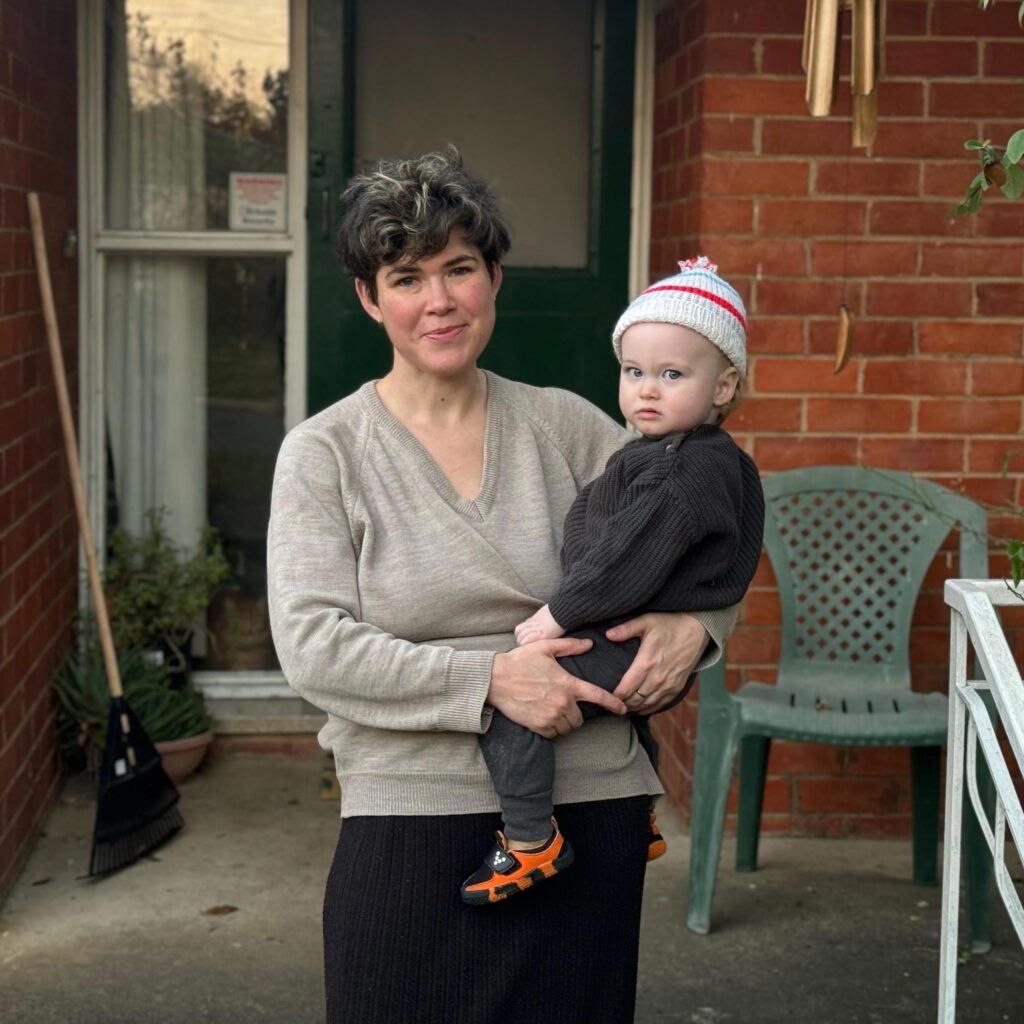
Ada
ACT | Repower homesWhen Ada, a public servant living in Canberra, became pregnant, she worked hard to find an energy-efficient home. Despite her best efforts, she ended up in a poorly insulated and draughty house with extortionate energy bills.
“The World Health Organisation recommends a minimum of 18 degrees for a baby. I had to use an electric heater to keep the nursery around 19-20 degrees. Our combined electricity and gas bill for that winter was $1200,” she remembers.
She continued to search, and secured an older brick house that retains heat better, significantly improving her and her son’s quality of life.
“This winter, in the new house with ceiling insulation, it’s the little things—like walking to the bathroom in the middle of the night without it being unpleasant—that make a big difference,” she explains.
“Rather than constantly having to meet elsewhere, getting the baby out of the house, I can invite people over. Having a place that’s homely, warm, welcoming—it shouldn’t be such a treat, but it really is.”
Ada’s story is just one of many. Many renters still face the same challenges—dealing with extreme energy bills, cold homes, and the health risks that come with them. As climate change drives more extreme weather, the situation could get even worse—with low-income and marginalised communities bearing the brunt.
However, with early and decisive government intervention, things could get better instead.
Simple measures like better insulation, upgrading heating systems, energy-efficient appliances, and accessible grants to make these upgrades affordable could keep homes safe and warm, saving households thousands. It’s essential that everyone—especially renters, those in social housing, and people in regional areas—has access to these solutions. With the right actions, every home can be a place where families like Ada’s can thrive.
